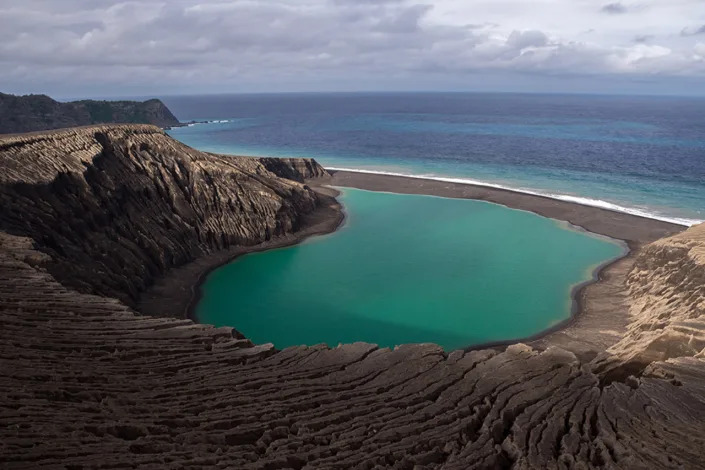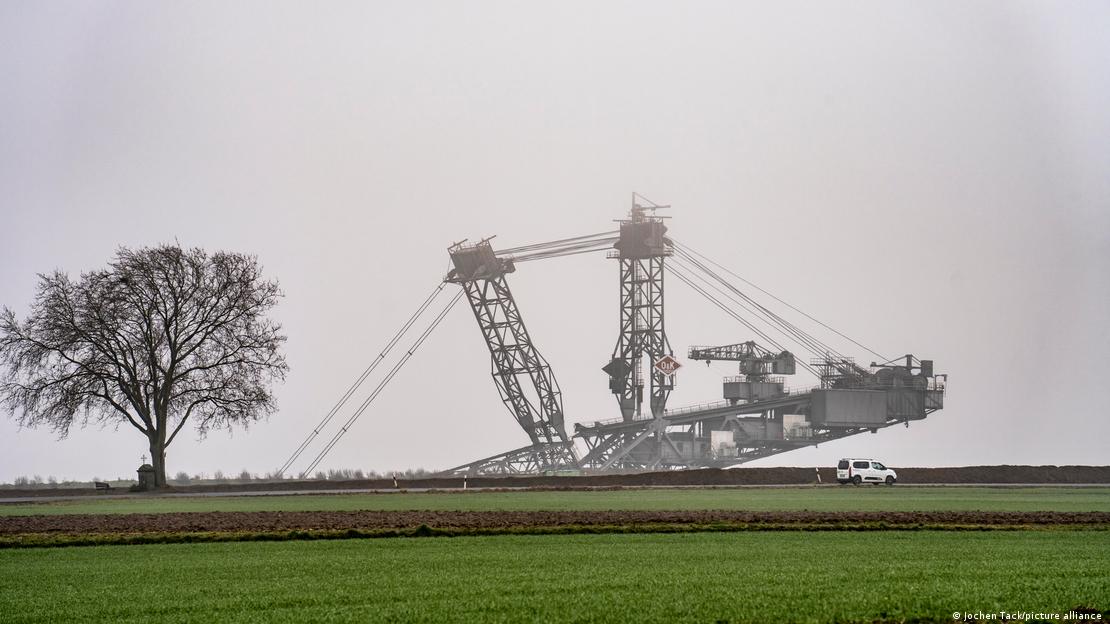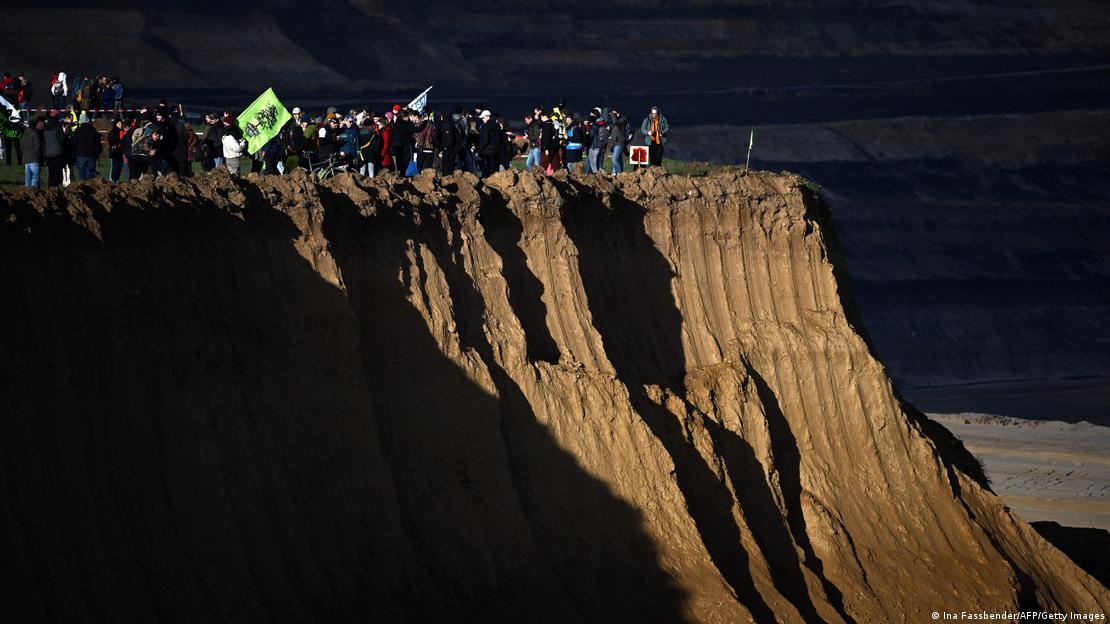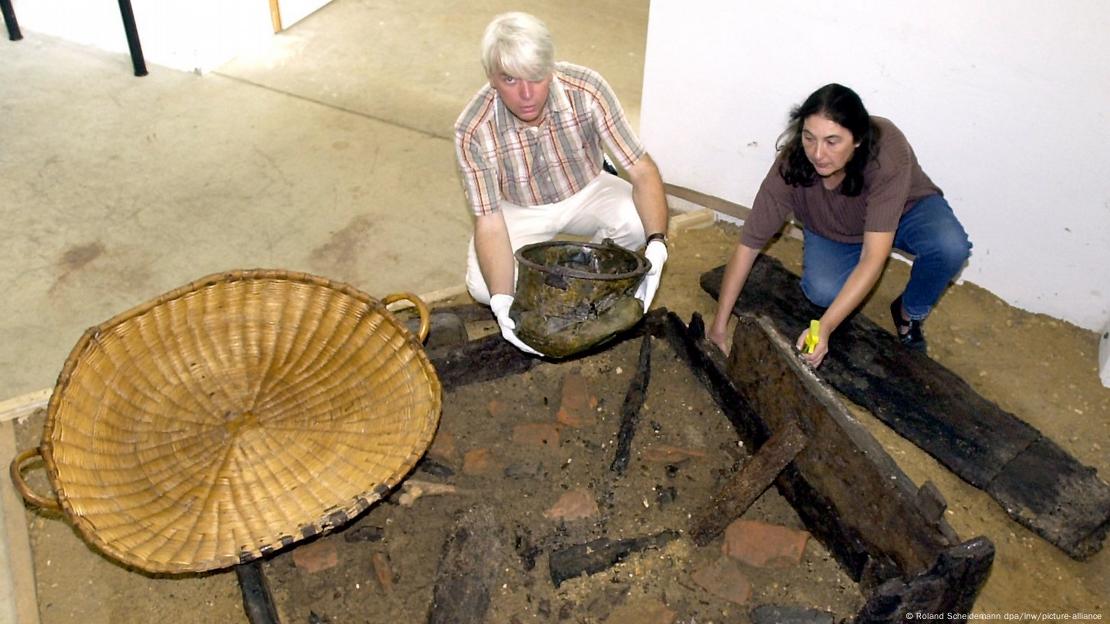Powerful volcanic eruption spurs events that have never been seen before

Powerful volcanic eruption spurs events that have never been seen before
Cheryl Santa Maria
Mon, June 26, 2023
On January 15, 2022, the world witnessed a historic volcanic eruption at Hunga Tonga–Hunga Haʻapai, a submarine volcano in the southern Pacific Ocean, about 65 km north of Tongatapu, Tonga's main island.
This eruption, the largest since 1883, caused a series of extraordinary occurrences, including a tsunami that reached as far as Japan and the Americas and shot a mind-boggling plume of water vapour into Earth’s stratosphere – enough to fill more than 58,000 Olympic-size swimming pools.
“We’ve never seen anything like it,” Luis Millán, an atmospheric scientist at NASA’s Jet Propulsion Laboratory in Southern California who led a study analyzing the volcano's water vapour, said in August 2002.
The sheer power of the eruption also broke several lightning records, documented in new paper appearing in the journal Geophysical Letters.

NASA - ash plume
An image from Jan. 16, 2022, shows the ash plume from the Hunga Tonga-Hunga Ha’apai volcanic eruption that occurred the day before. An astronaut took a photograph of the plume from the International Space Station. (Photo and caption: NASA)
Unprecedented heights
The volcanic explosion launched an ash plume 40 km higher than typical thunderstorms, creating the ideal conditions for high-altitude lightning. Researchers documented the highest lightning flash rates ever observed, surpassing even those induced by thunderstorms.
Lightning was documented at stratospheric altitudes, ranging from 19 to 28 km, where the air pressure is typically too low to support lightning generated by thunderstorms.
The study authors believe the powerful plume may have created a localized, higher pressure zone, enabling the eruption-induced high-altitude lightning.

NASA - ash plume
NASA satellites captured the eruption on January 15, 2022. (NASA)
Never-before-seen lightning intensity
At its peak intensity, the eruption generated 2,615 lightning flashes per minute, lasting for approximately five minutes. This replaces the previous record set in 1999, where 993 flashes per minute occurred over the southern United States.
Impressive "lightning holes"
Following the eruption, the ash plume rapidly expanded outward in circular ripples, known as gravity waves. These waves triggered the formation of donut-shaped rings of lightning that surfed along their crests, with some of the rings measuring up to 280 km in diameter.
“The scale of these lightning rings blew our minds," Dr. Alexa Van Eaton, a volcanologist at the United States Geological Survey, said in a statement.
"We’ve never seen anything like that before, there’s nothing comparable in meteorological storms. Single lightning rings have been observed, but not multiples, and they’re tiny by comparison.”
A unique observation
A team of researchers, led by the United States Geological Survey, utilized advanced sensors that measure light and radio waves to map the eruption. This type of volcanic event, a phreatoplinian, occurs only when magma erupts through the water.
This is the first time scientists have had the opportunity to observe and measure a phreatoplinian eruption using modern-day technology.
“It was like unearthing a dinosaur and seeing it walk around on four legs. It sort of takes your breath away," Van Eaton said.
“These findings demonstrate a new tool we have to monitor volcanoes at the speed of light and help inform ash hazard advisories to aircraft."
RELATED: Lightning shoots from Philippine volcano
Click here to view the video
Header image: View from the summit of Hunga Tonga - Hunga Ha'apai in June 2017. (Damien Grouille/Wikipedia) CC BY-SA 4.0












